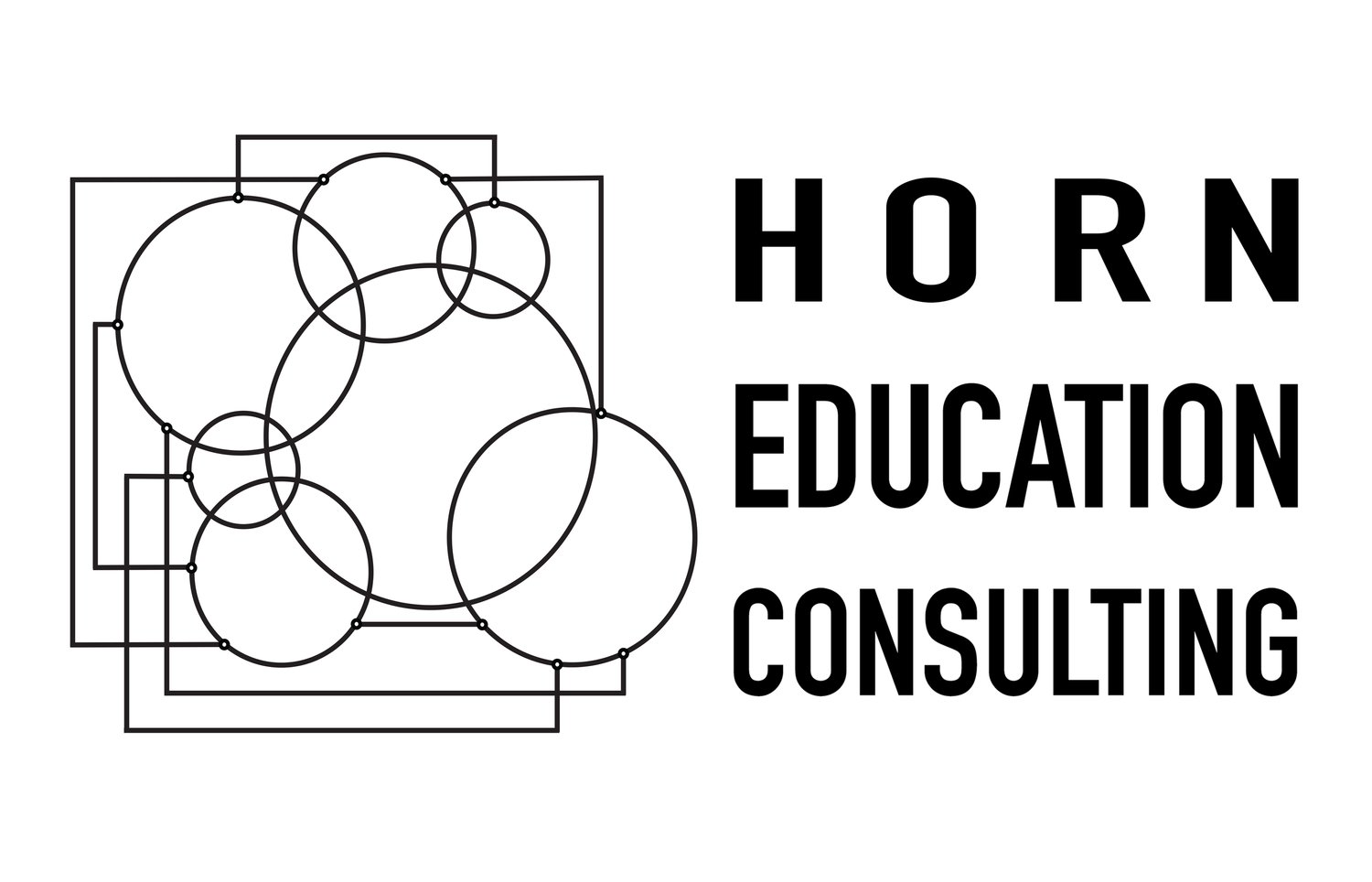We’re better at what we acquired, but we know more about what we learned.
The technical (but useful) distinction between acquisition and learning
I first encountered the term acquisition as distinct from learning in a linguistics class in college. “Primary language acquisition” refers to the process of obtaining one’s first language through exposure and trial-and-error, mostly without a process of formal teaching. Linguist James Paul Gee adds that acquisition happens in natural settings that are “meaningful and functional.” Like a toddler with language, the acquirer a.) knows he needs to acquire the thing he’s exposed to in order to function, and b.) he really wants to be able to function in this way.
Acquisition is not only a mode for obtaining language, as the recent “maker space” phenomenon demonstrates. Sometimes outfitted with 3D printers and laser cutters, maker spaces encourage tinkerers to explore ideas hands-on. Acquisition has traditionally been the dominant mode in vocational education, and plays a significant part in Waldorf, Montessori, and Sudbury approaches.
In contrast, learning, in Gee’s definition, involves gaining conscious knowledge through teaching, which involves explanation and breaking the subject down into its component parts. Learning inherently involves attaining some degree of “meta-knowledge” about the matter. This meta-knowledge may be as simple as terms used to label the parts of a car or an essay or a kidney, but it allows the learner to talk about what she’s learning.
We obtain most skills through a mixture of acquisition and learning. For instance, novice drivers usually learn through direct instruction how to operate a vehicle safely, but eventually acquire full and effortless control only through trial and error, and exposure to different kinds of driving situations. Other examples include playing a sport or musical instrument, cooking, parenting, and teaching.
We’re better at what we acquired, but we know more about what we learned is shorthand for the up- and downsides of each mode. So if your high school French class offered only grammar and vocabulary, you probably did not become as good at French as if you had spent a few weeks practicing the language on an exchange trip; acquirers usually beat learners at performance. On the other hand, learning the grammar of another language provides a set of tools for better understanding one’s first language; learners usually beat acquirers at talking about the subject, i.e. explication, explanation, analysis, and criticism. Acquisition and learning lead to very different goals, but schools often confuse them.
Take-aways for school leaders:
If the goal is mastery (i.e. full and effortless control) in performance, then acquisition should dominate. What opportunities does the curriculum and class experience provide for students to do whatever skill they’re learning about? How close can the class come to providing “meaningful and functional” settings for this skill?
Learning inherently provides tools for kids to be able to discuss, compare, and critique ideas. How often do classes ask students to do this?
REFERENCE
Gee, James Paul (2001). “What is Literacy?” In P. Shannon (Ed.), Becoming Political, Too: New Readings and Writings on the Politics of Literacy Education (pp. 1-9). Portsmouth, NH: Heinemann.
[Image from azpm.org. Article copyright 2016 by Peter Horn, Ed.D. All rights reserved.]


